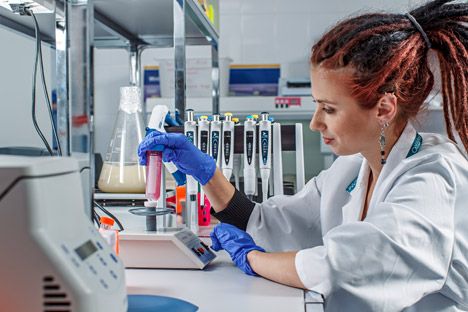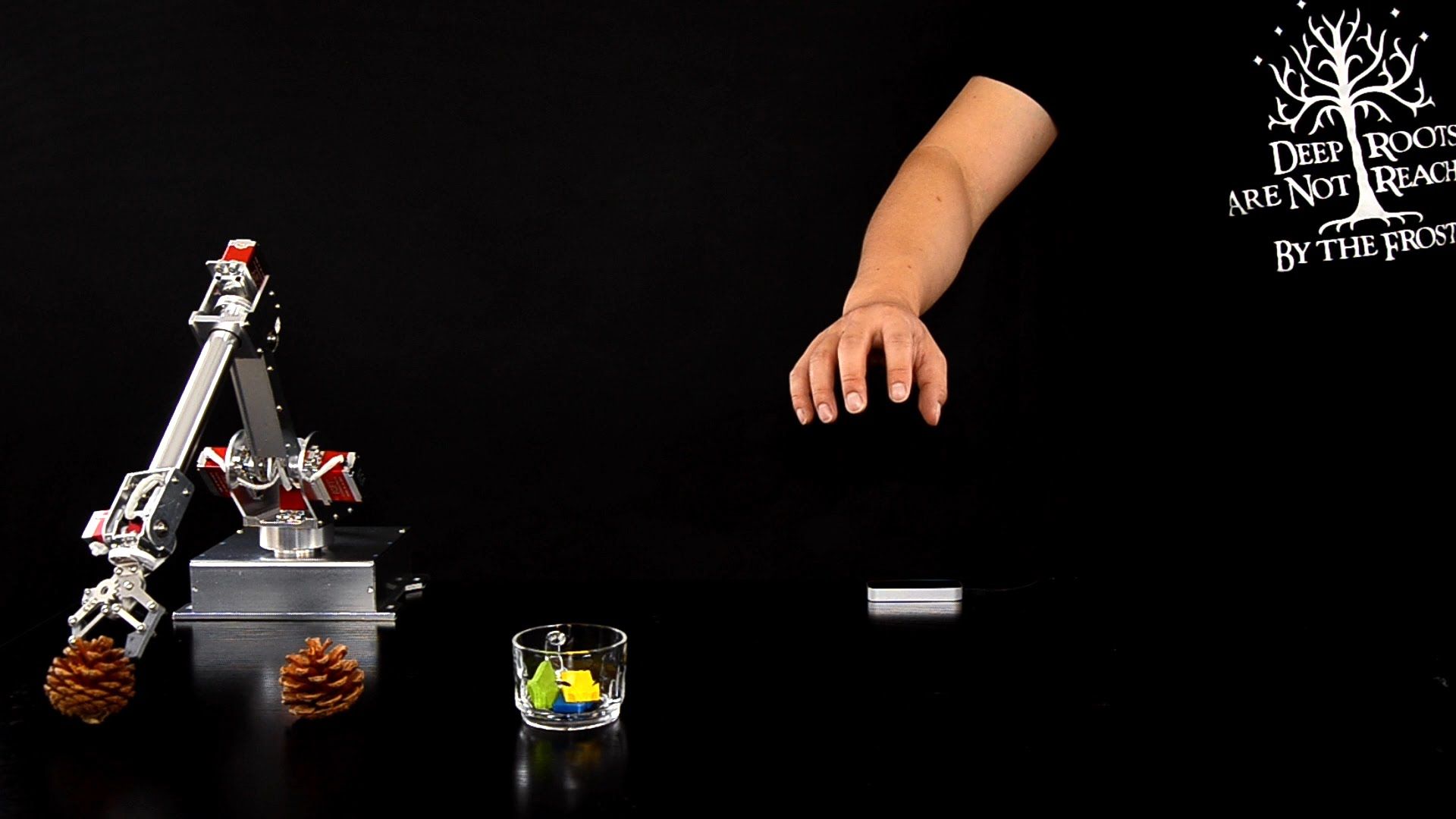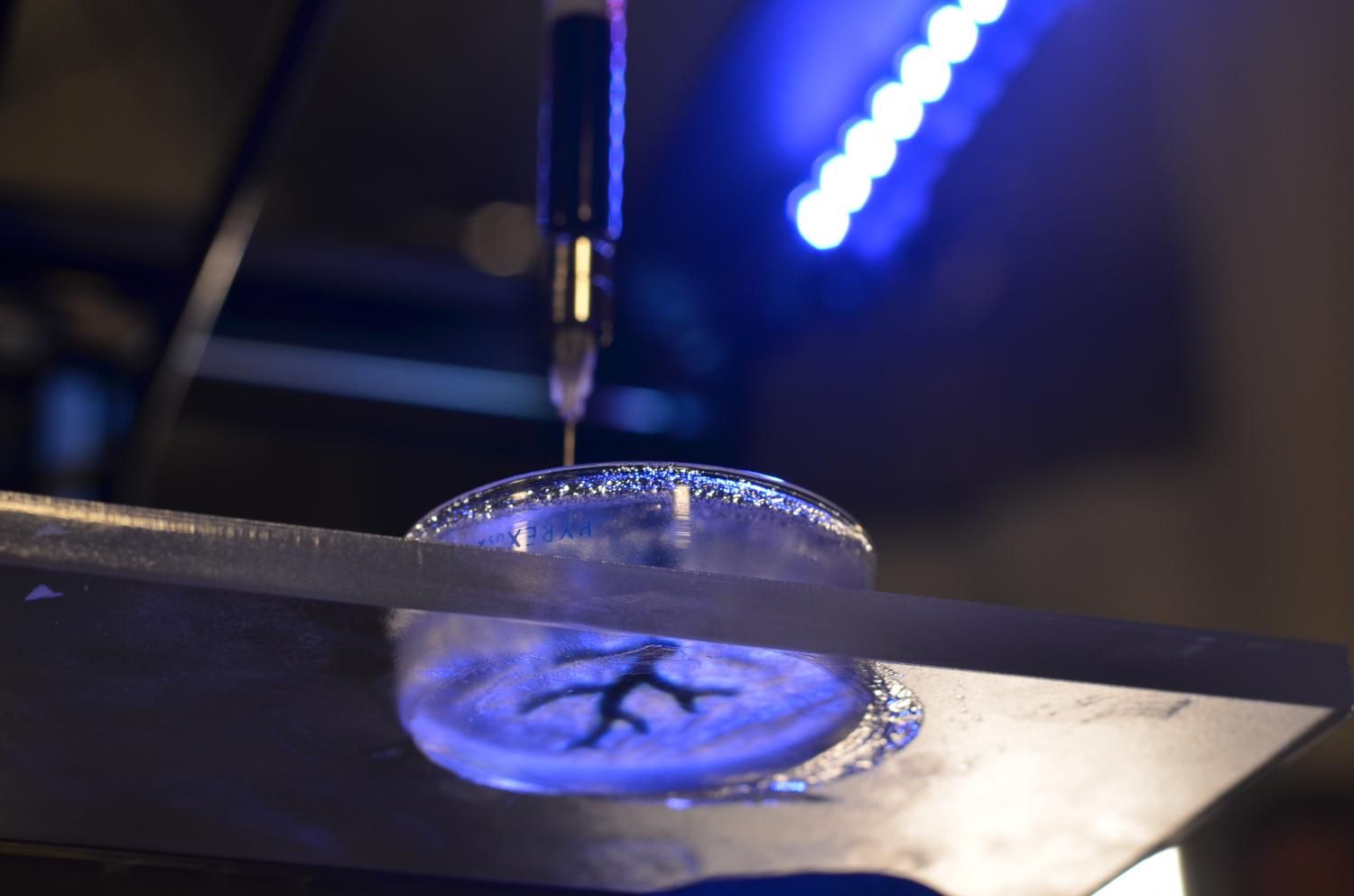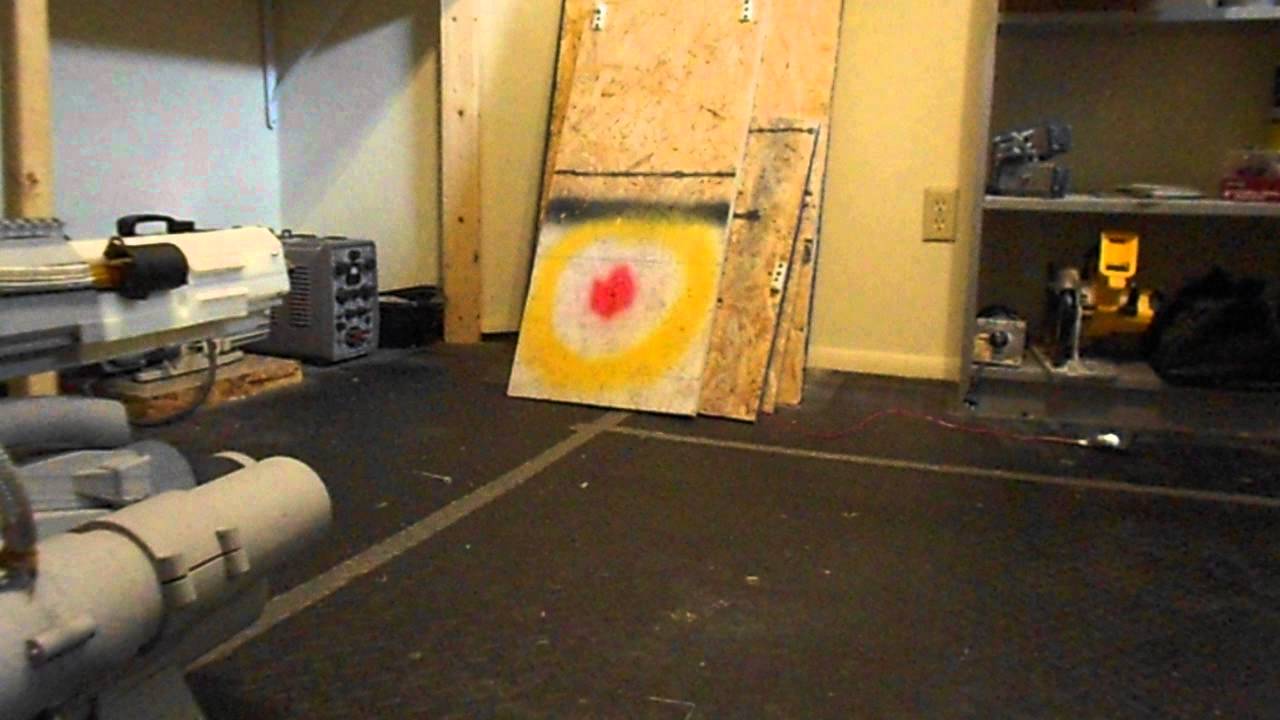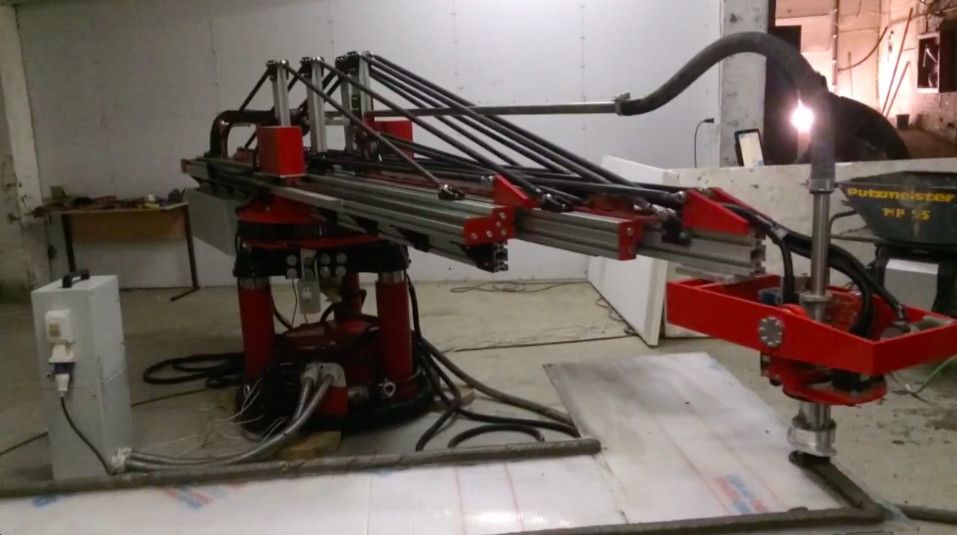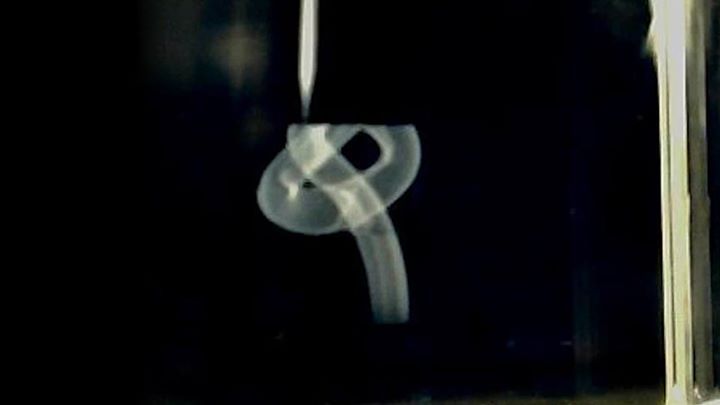Nov 4, 2015
Australian Researchers to 3D Print with Stem Cells for Cranial Reconstruction
Posted by Shailesh Prasad in categories: 3D printing, biotech/medical, neuroscience
The human brain is a fragile and powerful tool, and is also fully dependent on a sturdy skull to keep it secure and intact. Unfortunately for some, there is a need for cranial reconstruction on people who were either born with a skull-related deficiency or critically injured in the head area. 3D printing has shown itself to be a potential game-changer in this regard; we have already witnessed successful titanium mesh skull replacements for one Chinese farmer and even a three-year-old girl born with congenital hydrocephalus. Now, researchers out of Western Australia are developing a new advanced 3D printing method that involves reconstructing the human skull from stem cell cultures.
The project, which is taking place within the Royal Perth Hospital and is being funded by the State Government, will provide their patients with damaged or surgically removed skull fragments with a high-quality cranial reconstruction surgery. The 3D printed stem cell-based skull replacement can potentially increase the success rate and the post-surgical quality of life of patients who require this intensive surgery.


